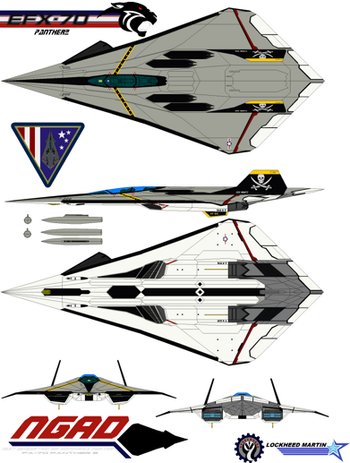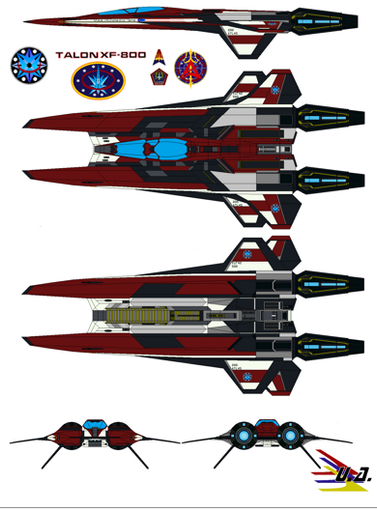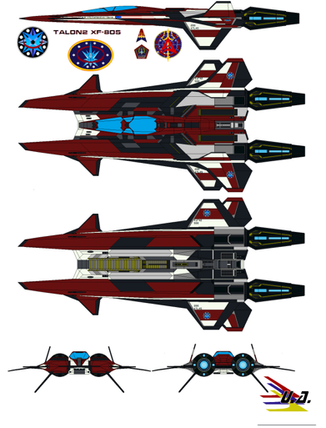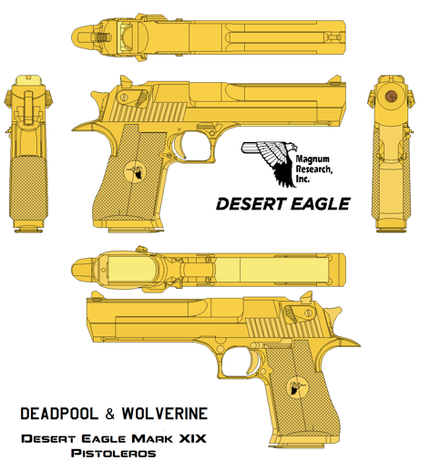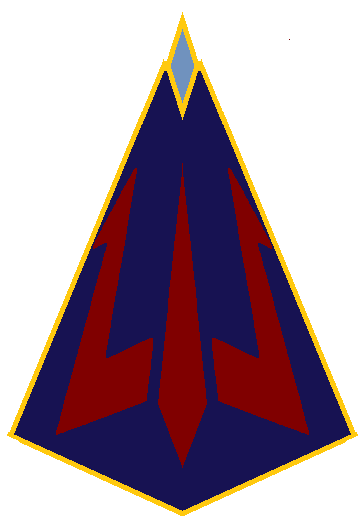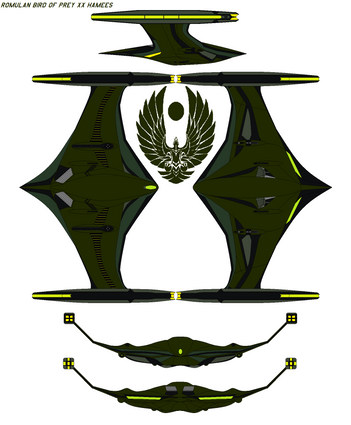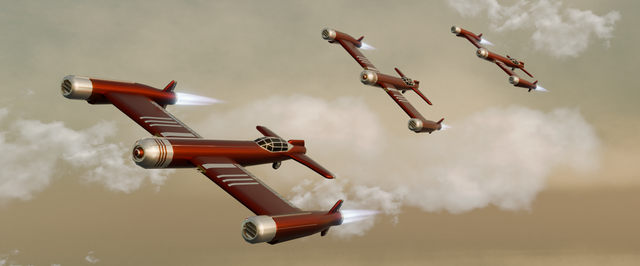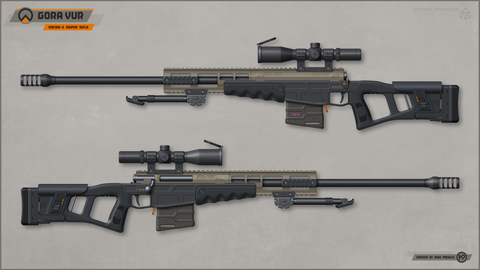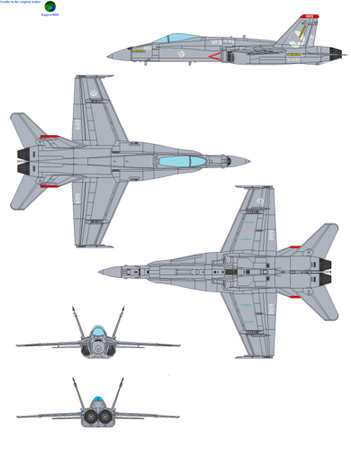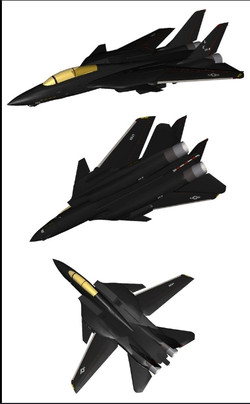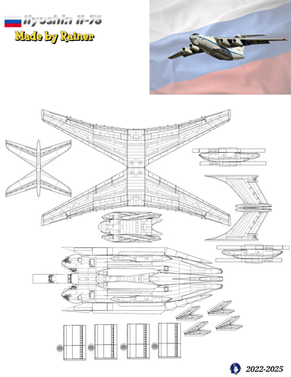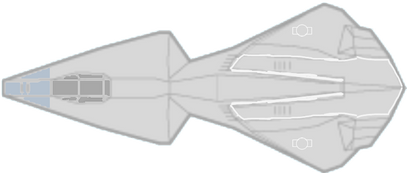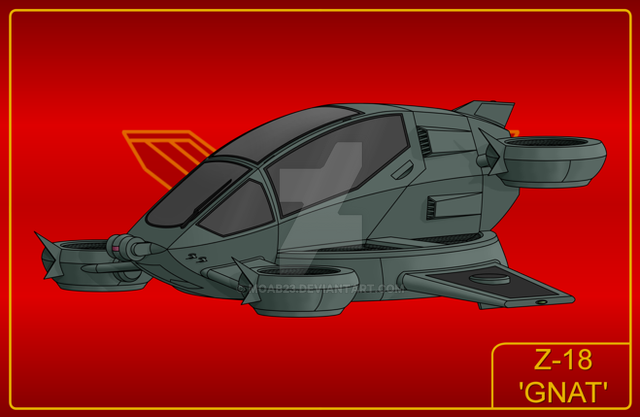HOME | DD
 bagera3005 — Lockheed XF-70 Panther 2 prototype aircraft
by
bagera3005 — Lockheed XF-70 Panther 2 prototype aircraft
by
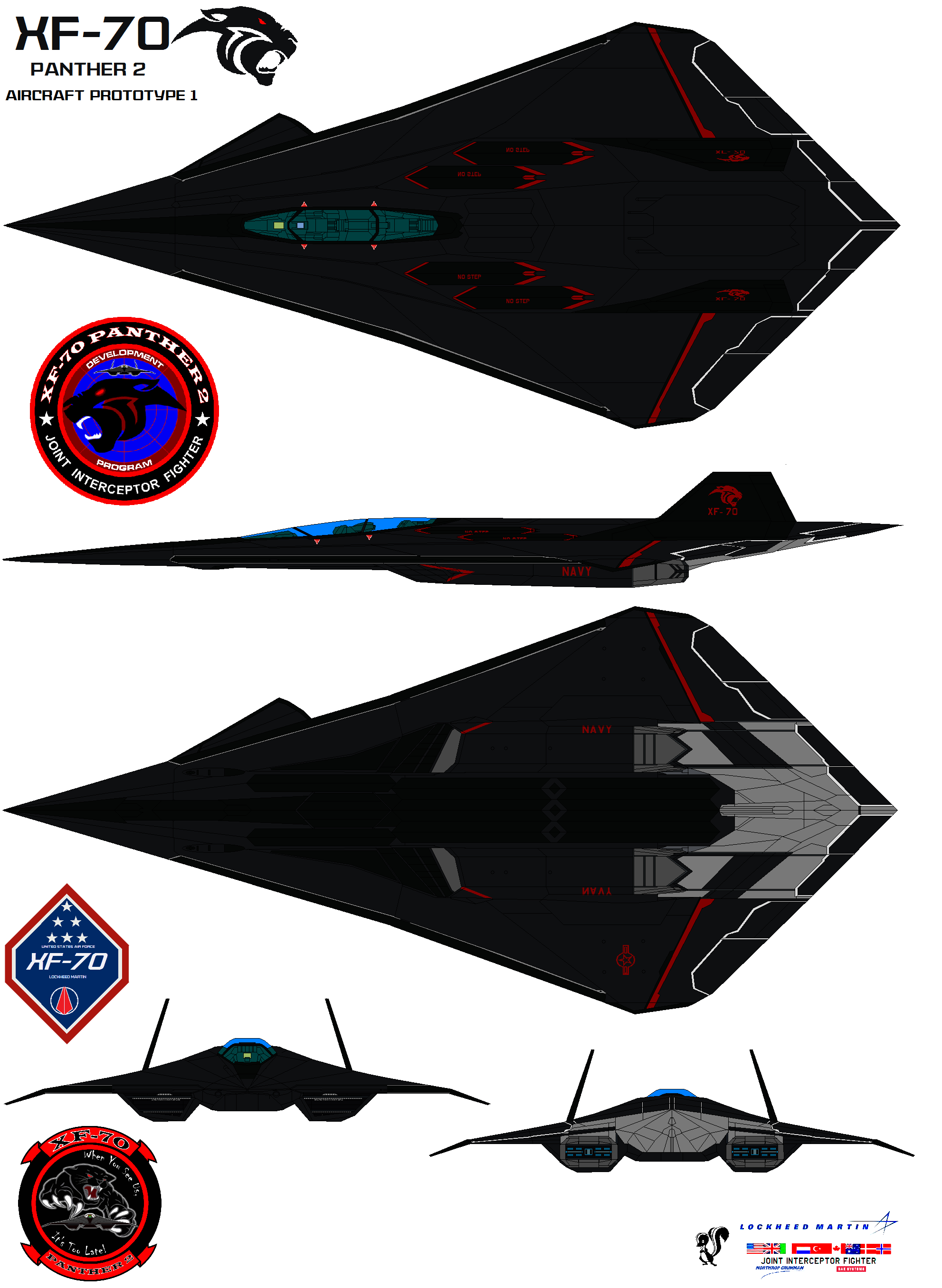
#air #aircraft #combat #hypersonic #interceptor #multi #prototype #role #stealth #superiority #scramjets
Published: 2013-07-11 14:02:37 +0000 UTC; Views: 10846; Favourites: 114; Downloads: 136
Redirect to original
Related content
Comments: 16

A interesting aircraft, plenty of options of armaments to provide a large scale variety of roles regarding combat capabilities. Very large and interesting description to provide the viewer of how, exactly, this aircraft works and is capable of. Great blueprint design, I honestly believe you to be a former Air Force aircraft designer. Light humor. An all around good deviation that surely should be recognized more.
👍: 0 ⏩: 0

I wouldn't be surprised if the Air Force contracted you to design this.
👍: 0 ⏩: 0

I wouldn't mind having to fly this instead of the A-10.
👍: 0 ⏩: 0

Holy crap... How long did it take you to draw/write all this?! It's a cool plane, but extra props for dedication!
👍: 0 ⏩: 1

this design is my one of my babys i done it over an over an refined it over years
👍: 0 ⏩: 1

Well it shows! You've definitely done an amasing job of it. You should be proud!
👍: 0 ⏩: 1

there hole folder just for 6th generation aircraft has all images i done digitally for it
👍: 0 ⏩: 1

Reminds me of the Jedi star fighters from Star Wars.
👍: 0 ⏩: 1

yes but i did design on paper long before Jedi star fighter
👍: 0 ⏩: 1

Very cool, also I imagine it is abit larger than a star fighter.
👍: 0 ⏩: 1

